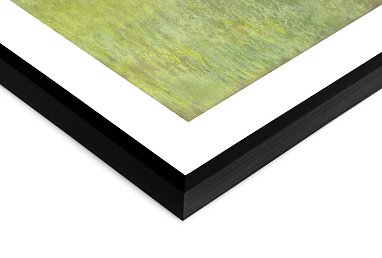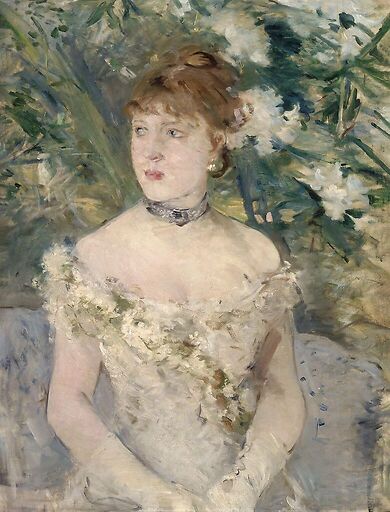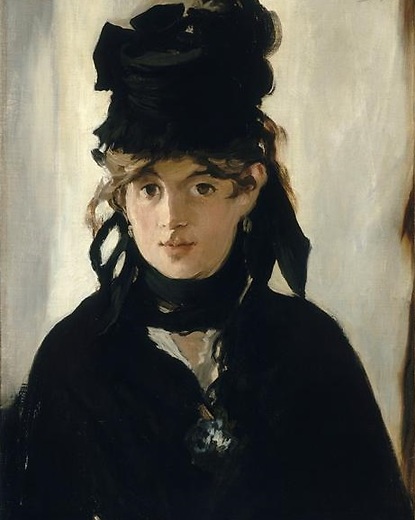Jeune femme en toilette au bal (détail) (framed art prints)
Framed Art Prints
The frame consists of a wooden cast with a simple structure, the idea being to favor the work rather than the frame. The methacrylate we use has been specially selected for its durability, transparency and strength, which guarantee a quality close to that of glass without risk of breakage during transport.
Fine Art Giclée printing is done on special paper
Printed artwork to the dimensions you choosed and will also include a white border.
We offer a choice of three finishes: natural wood, wood covered with a dark brown varnish and wood painted black.



About the Artwork
Jeune femme en toilette au bal (détail)
Original work by: Morisot, Berthe Berthe Morisot (1841-1895) Jeune femme en toilette au bal (détail), 1879 | Huile sur toile. H. 71 ; L. 54 cm | Paris, musée d'Orsay © Photo Rmn-GP (musée d'Orsay) - S. Maréchalle | © Rmn - Grand Palais, Paris 2019 - IC 00 9048


